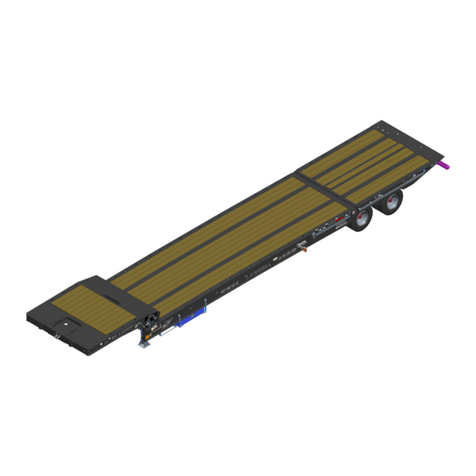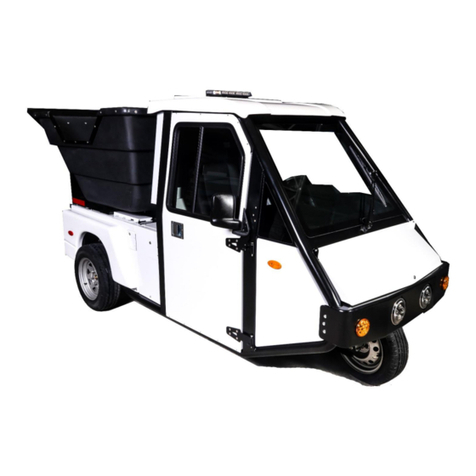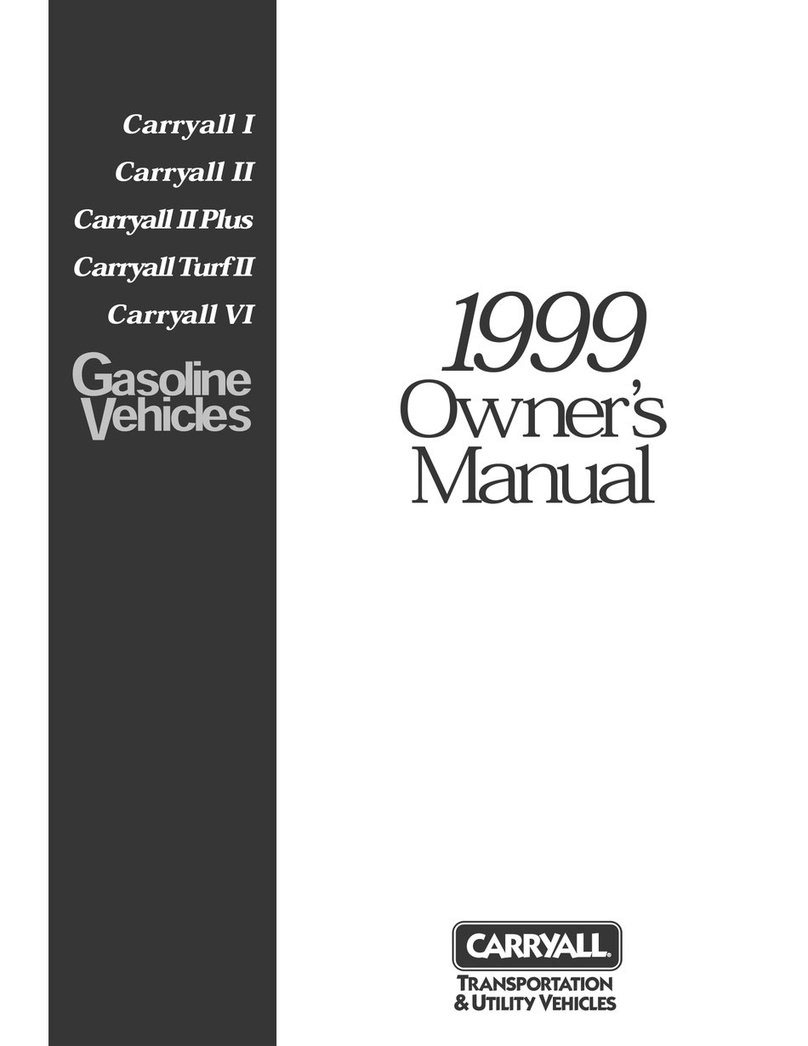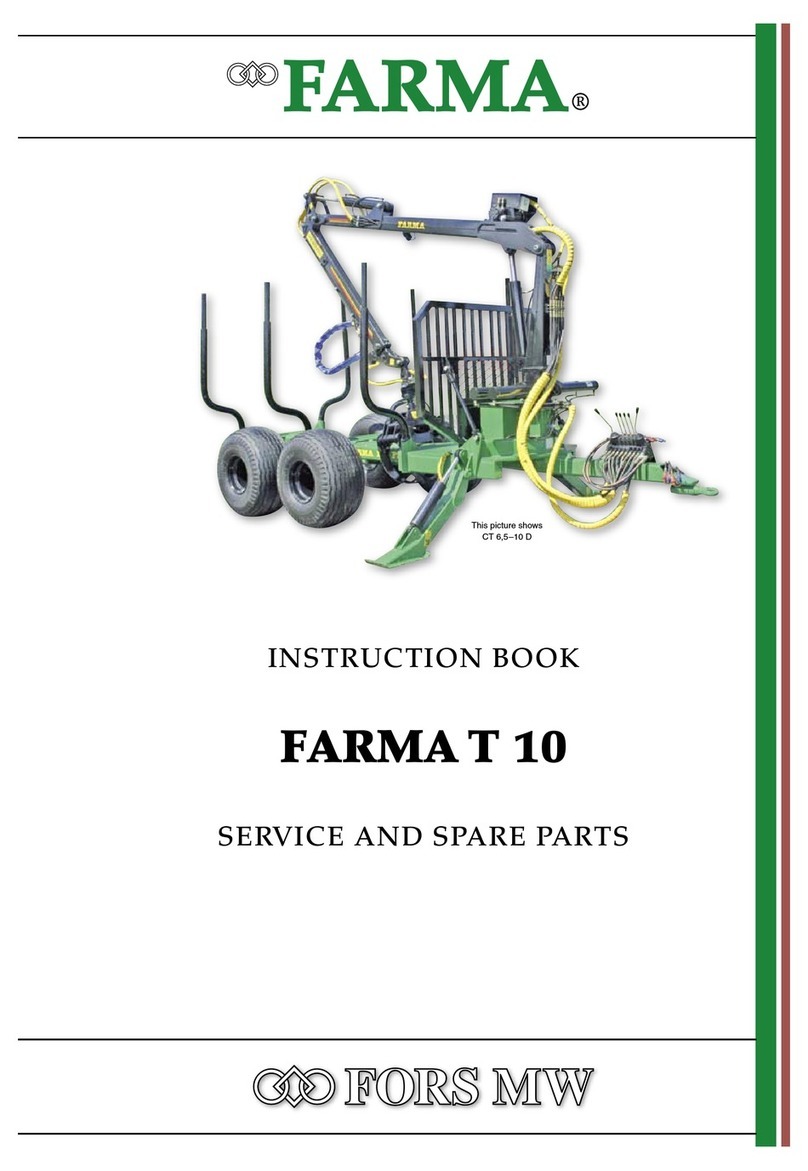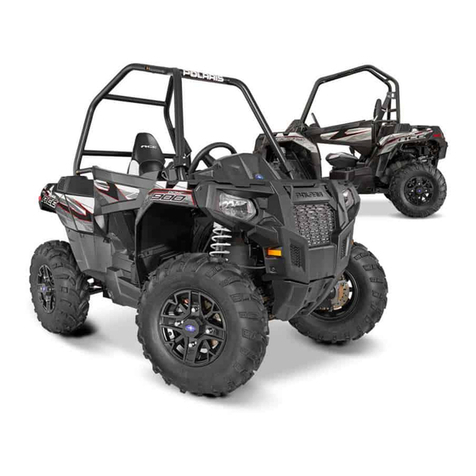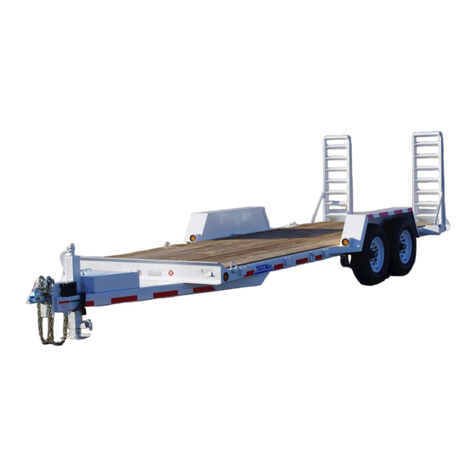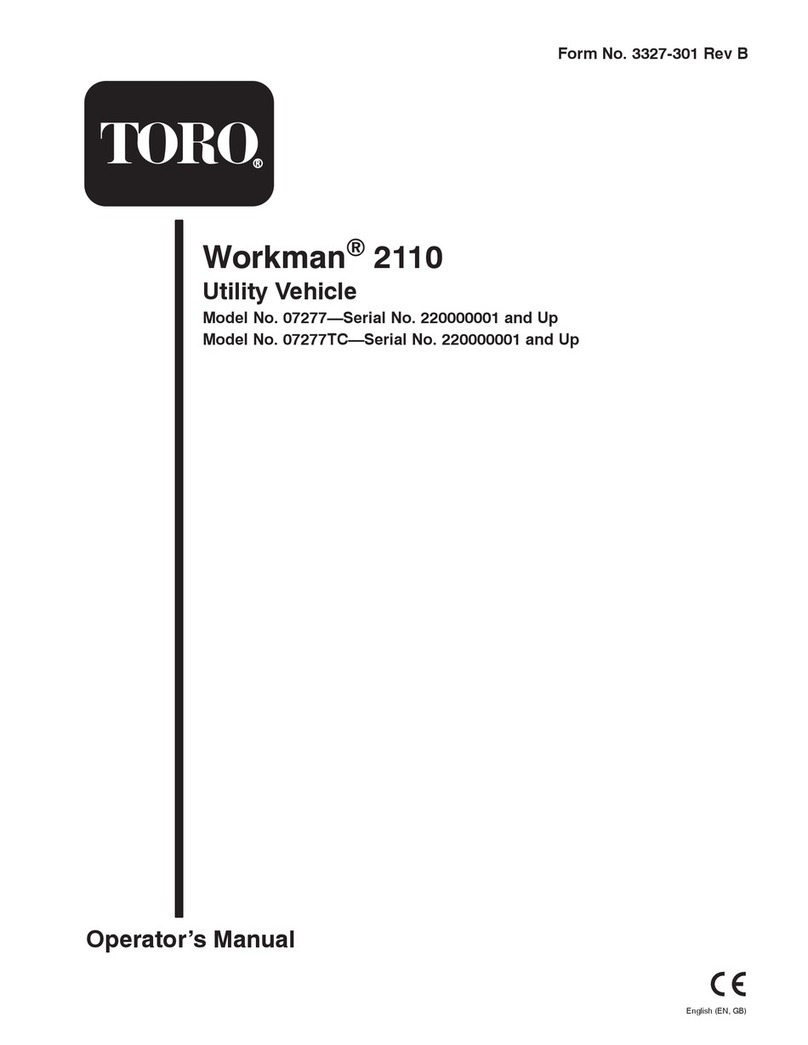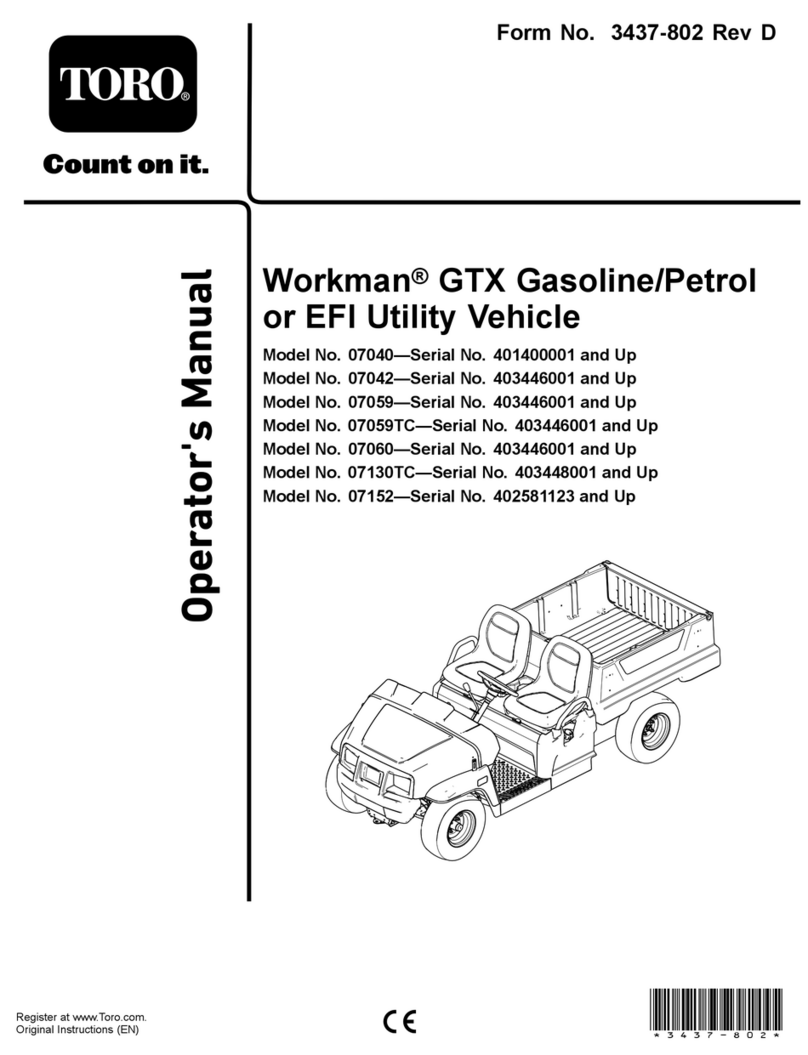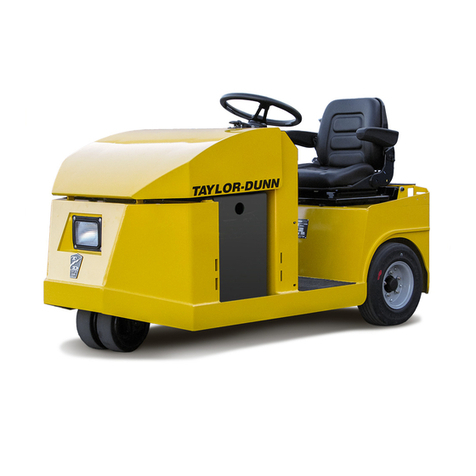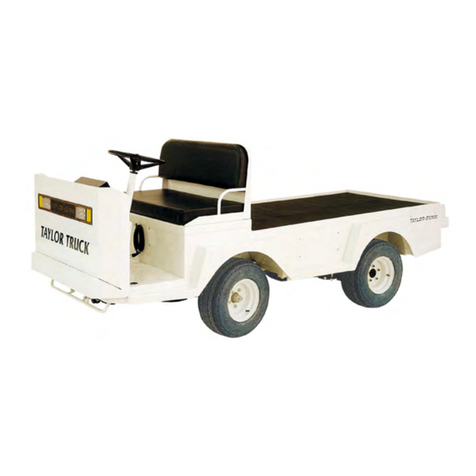
Engine Oil Level Inspection
Inspect the engine oil before riding and replace it monthly.
a. Stop the engine
b. Keep the vehicle on the flat ground for 2-3 minutes;
c. Remove and clean off oil level stick and stick back in to check level.
Notes: The Oil level stick should not be screwed in while checking level,
just put in top and check. Be careful of hot engine parts
Changing Engine Oil
Engine should still be warm but not hot before changing oil!
a. Remove the drain plug from the left side bottom of the engine, and drain
oil into an oil pan for disposal;
b. Remove the large cap on the bottom left of the engine and remove the
screen
b. Wash the screen with some cleaning solvent and put it back
c. make sure that the O-ring is still in good condition, replace it if necessary
d. Replace drain plug
d. Refill the engine with SAE10W/30SF engine oil and run the engine for 5 minutes;
Engine oil capacity: 1.0 L (Disassembling) 0.8L (Replacing)
e. Check the oil level on the filler cap again without screwing it in
f. Screw the cap back on
Oil Leakage
a. There could be too much oil in the gearbox, check level
b. The oil seal is damaged or worn.
Replacement of Gearbox Oil
Recommendation: before draining the final gear oil, please warm the engine
for at least 10 minutes.
Inspect the final gear oil monthly and replace it quarterly.
a. Keep the vehicle on flat ground;
b.Check the oil level: remove the oil level screw on the left rear engine case
c.If the oil level parallels the oil level bolt hole, it’s normal.
d.Drain out the oil: remove the drain plug at the rear bottom of the engine case
e.Check if the gearbox oil seal is damaged, and replace it if necessary.
Notes: We recommend the Mobile 85w/90 gear oil for the final drive case. However, in extreme
cold weather conditions, the vehicle may become hard to start, so we advise a lighter oil, such as
a 75 wt or the equivalent motorcycle transmission fluid.

